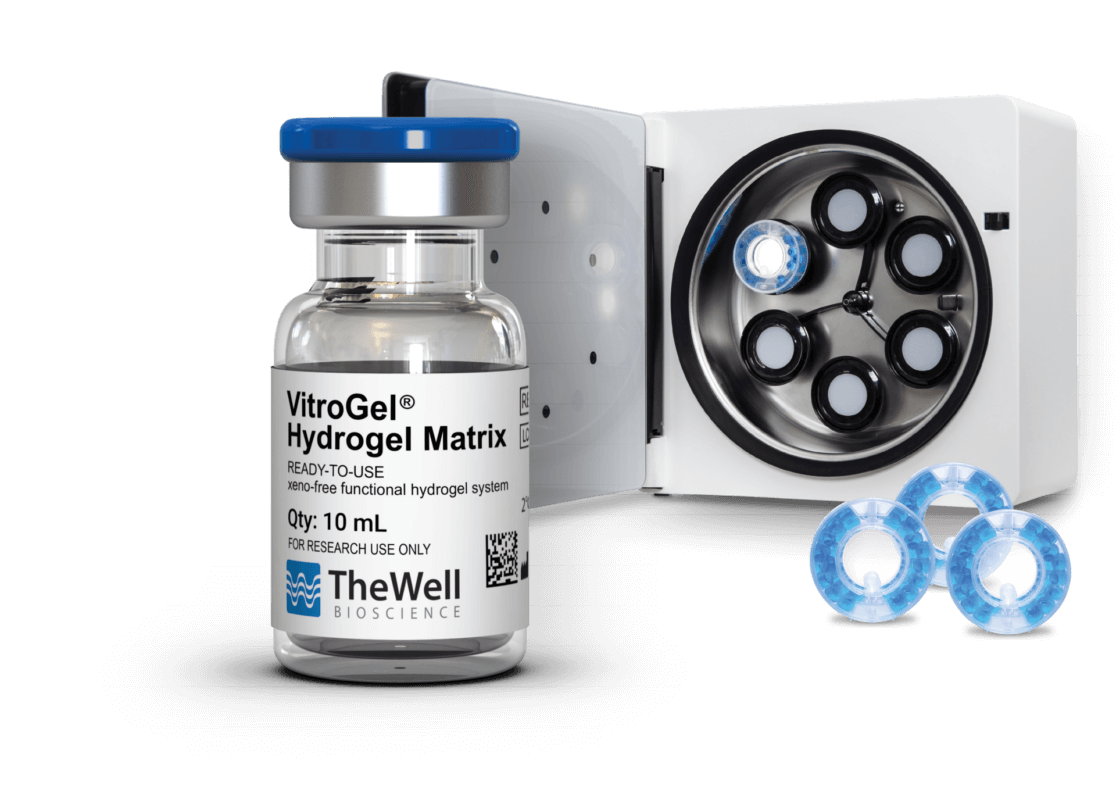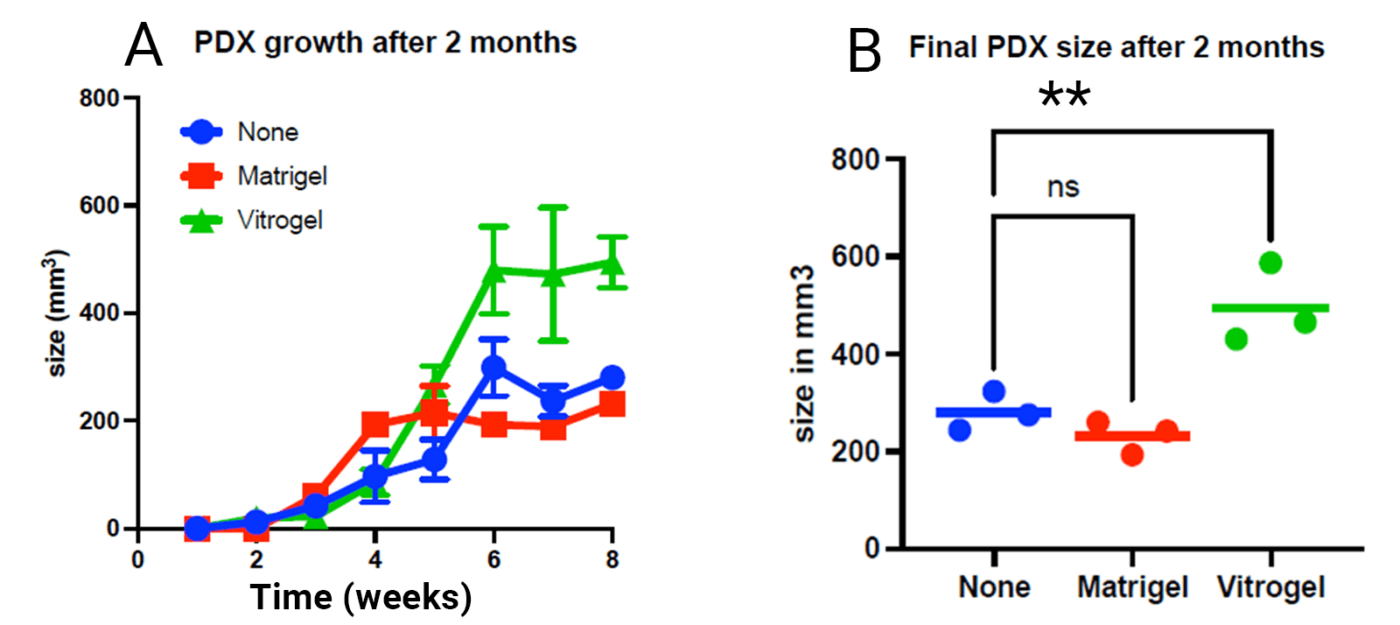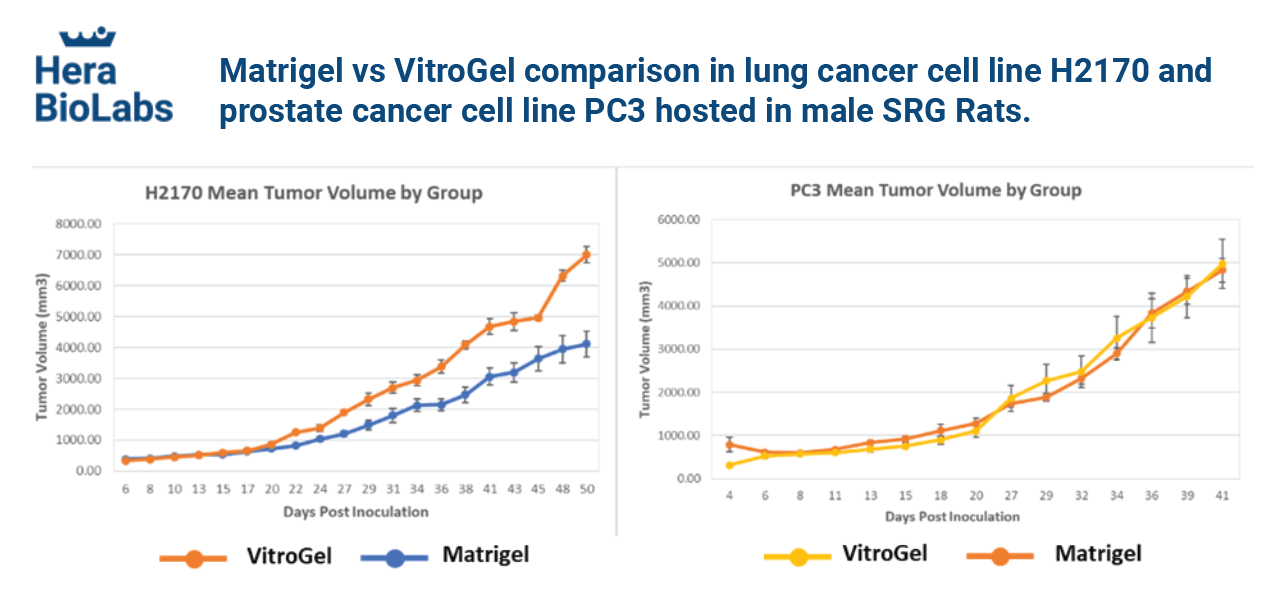Introduction Cells exhibit diverse behaviors influenced by their morphological and functional characteristics. While some cells can naturally self-assemble into three-dimensional (3D) structures from a suspension of single cells, others require additional steps — such as encapsulation — to achieve similar constructs. Moreover, some cell types produce excessive extracellular matrix (ECM) proteins, leading to uncontrolled aggregation […]
Category Archives: White Papers
Introduction Organoids are three-dimensional (3D) tiny, self-organized tissue structures that mimic an organ’s functional and structural features. These self-organized 3D structures can be used to replicate much of the complexity of an organ. Compared to 2D monolayer cell cultures, organoids are becoming increasingly popular among research communities due to physiological similarities to intact tissues and […]
Introduction Patient-derived xenografts are becoming state-of-the-art for studying tumor behavior and drug responsiveness in a salient environment1. A patient-derived xenograft (PDX) is obtained when a tumor sample is removed from a patient, implanted into an immunosuppressed murine host, and then queried for cellular or molecular characteristics that could be of therapeutic value to the patient. […]
Introduction A cell-derived xenograft (CDX) model is the gold standard for anti-cancer therapies. The response of xenografts obtained in immune-deficient animals in drug testing is comparable to that in clinical practice, which makes xenograft models robust research tools in oncology1. In addition, over the past decades, patient-derived xenograft (PDX) models have emerged for precision medicine […]





